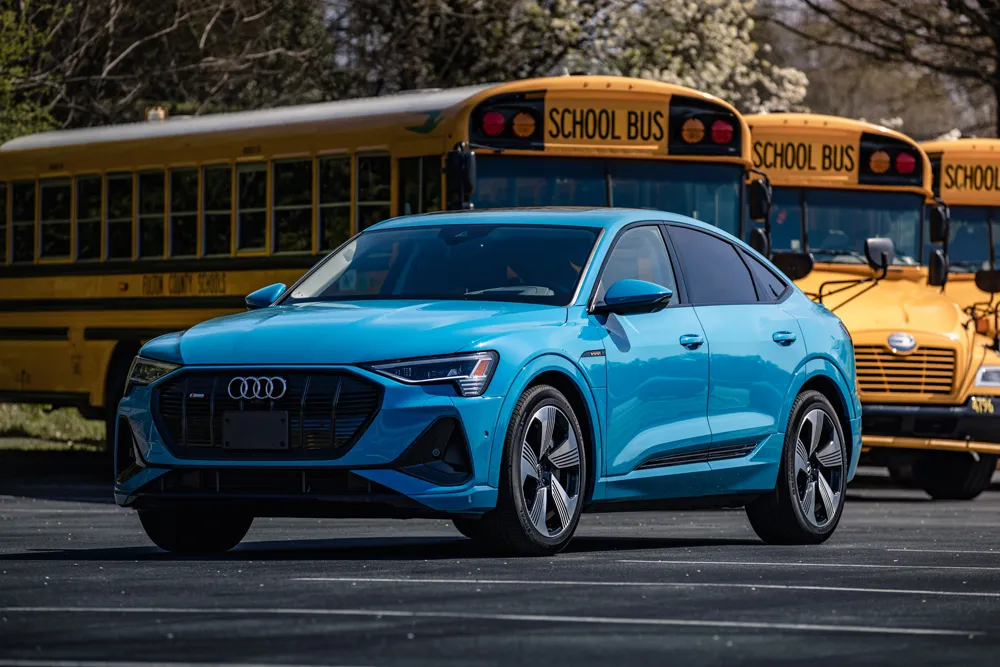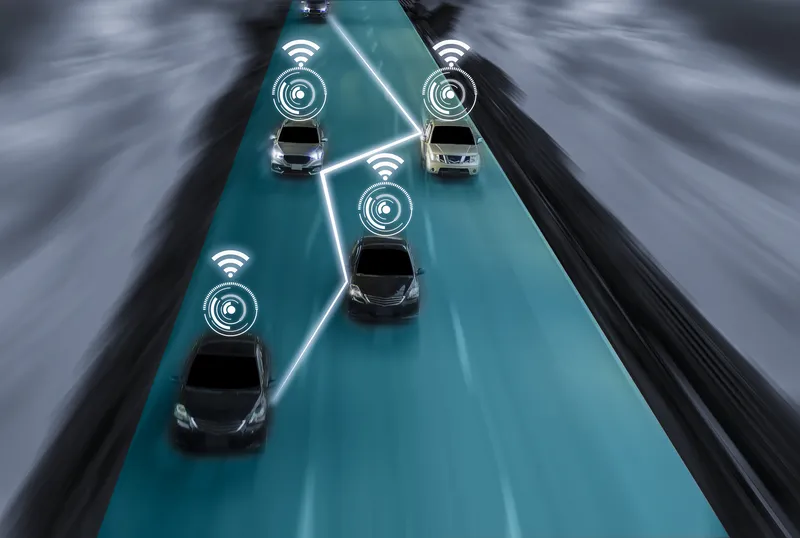
Audi of America has joined a collaboration to deploy Cellular Vehicle to Everything (C-V2X) technology to reduce vehicle hazards in the Fulton County School District in Georgia.
The automaker is working with Blue Bird, Applied Information, Temple and the Fulton County School System to demonstrate technologies that could help prevent accidents within school zones and when children are being picked up or dropped off at their bus stop.
The partners are hoping to gain insights about the distance needed around school zones and buses to ensure the safety of children in a continuing effort to reduce accidents and fatalities.
Figures from the National Highway Traffic Safety Administration reveal there were nearly 6,300 pedestrian fatalities in the US in 2018. Additional data shows on average approximately 131 children were killed and around 25,000 injured each year walking to and from school.
Audi believes C-V2X can provide significant safety benefits to alleviate traffic risks facing vulnerable road users.
The company points out stop-arm violations continue to be a danger to school children – when a driver speeds up or fails to stop when a school bus is flashing its red signal lights and extending its stop sign.
Trevor Rudderham, senior vice president product planning at Blue Bird, says: “This technology can help prevent accidents during student pick-up and drop-off, which is when students are most at risk. While more stringent stop-arm laws and even camera systems help bring awareness to school buses, C-V2X could be programmed to warn drivers of upcoming school bus stops.”
Audi says C-V2X technologies use both direct (PC5) and indirect (Uu) low-latency cellular signals to communicate where people and vehicle sensors cannot always see, such as over hills or around curves or other vehicles.
This technology is scheduled for deployment in the district this Spring using a Blue Bird propane-powered school bus and an Audi e-sctron Sportsback electric sports utility vehicle (SUV).
An initial application from the programme is expected to warn drivers when they are approaching an active school safety zone or are exceeding the speed limit when children are present via instrument displays and audio alerts.
When active, roadside units installed in flashing signs called school zone safety beacons will broadcast messages to development vehicles indicating the location of the school and the reduced speed limit.
This deployment is aimed at alerting drivers to the changes in speed limit as school times change due to circumstances, such as half school days and early dismissals for weather.
A second application will warn drivers when they are approaching a school bus stopped to pick-up or drop-off students.
Onboard units will broadcast C-V2X safety messages from school buses to C-V2X-equipped vehicles when the bus stop arm is extended to indicate no passing is allowed. The project is anticipated to be completed in the first half of 2021.
The C-V2X technology was co-developed by the Volkswagen Group Innovation and Engineering Center in Belmont, California, and the Infrastructure Automotive Technology Laboratory.








